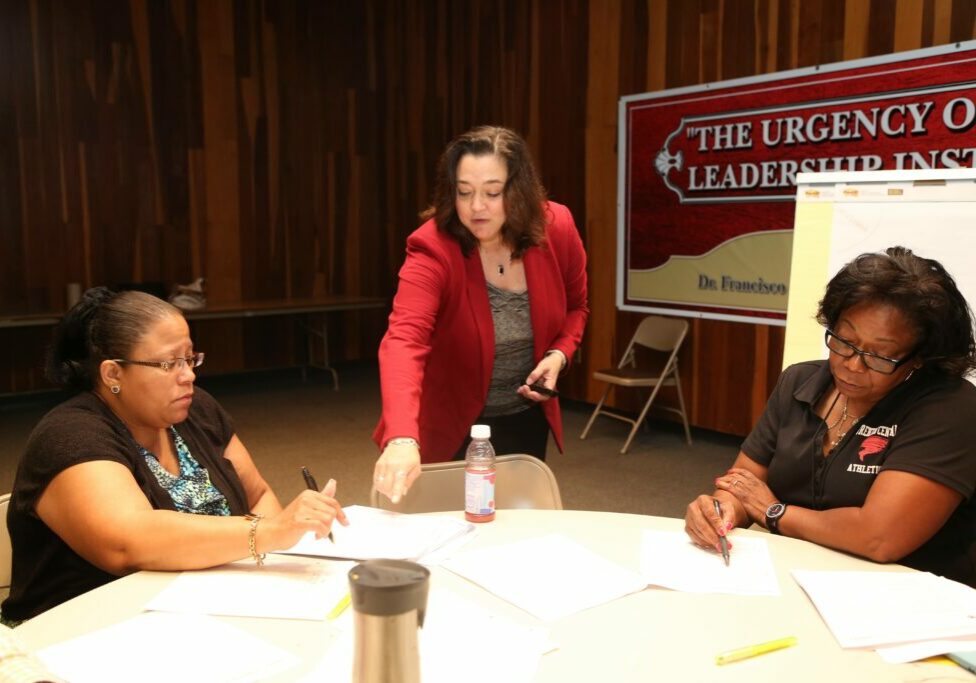Because it’s impossible for an observer to catch everything, teachers should contribute to the data collected during an observation.
Sweaty palms, tongue-tied, worried about every gesture, every word … that’s often how teachers feel during a classroom observation. Sure, it’s easy to say, “Don’t worry—just go about your normal teaching routine!” But we all know that the stakes are high. We all want to put our best foot forward, especially when the boss is watching.
And that’s really the problem—the idea that someone is watching, scrutinizing our every move. In reality, observations done by a skilled practitioner can produce extremely useful data that can help teachers improve in this incredibly demanding profession.
To turn the observation from an inspection into a useful data collection opportunity, both teachers and observers have to make sure that a few key things happen:
• Teachers should try to relax and continue doing the good job they always do. Putting on a “show” for the sake of an observation is often a recipe for disaster. Even if you think you can pull it off, there’s bound to be one student who announces, “But we never do it this way!”
• Observers need to continually hone their craft and become skilled at data collection. This requires broadening one’s perspective when in a classroom, tuning in to the nuances of a teacher’s language and instructional moves, listening to student conversations, and noting as much as possible.
Once an observation is complete, the data should be shared. Teachers, if you aren’t receiving the data, ask for it. That’s helpful information, because we all know that in the heat of the moment, it’s hard to remember exactly what happened during a lesson. Good, objective data can be a valuable tool and should be used as just that.
Once you receive the observation data, analyze its objectivity.
• Is the data a record of statements and/or actions made by teachers and students?
• Is the data objective in terms of its description, or are judgment or bias creeping in?
• Is the data complete or were important aspects of the lesson not captured?
Remember that the data collection job is not easy. Because it’s impossible for an observer to catch everything, teachers should contribute to the data set. For example, skilled teachers formatively assess in unobtrusive ways. They make adjustments to their lessons based on student responses, and they don’t often announce that they are departing from their plans. It is challenging for an observer to capture these subtle and skilled instructional moves, so be sure to share that information in an effort to round out the data set.
Look for the word “engagement” within the observation data. Noting that students are engaged is not an objective statement. It’s a judgment call, more than likely based on some observed student actions. Teachers should discuss this with observers and request a more thorough data collection that indicates how the observer arrived at that conclusion. Sharing student work often provides a more accurate depiction of student engagement levels.
I can tell you not to worry—but I know you probably will. The observation process produces anxiety, no matter our level of experience. However, we can try to lessen that anxiety by taking ownership of the process. Participate fully, know the rubrics, contribute data and lead the conversation about instructional practice.
Dr. Stefani Hite is an outside consultant hired by NJEA to assist members with the transition to the new evaluation system. Contact her below.
